“I was born under unusual circumstances.“
Illustrating entertainment, engaging design in storytelling for theatrical advertising.
illustration
c.1375, “a spiritual illumination,” from O.Fr. illustration, from L. illustrationem (nom. illustratio) “vivid representation” (in writing), lit. “an enlightening,” from illustrare “light up, embellish, distinguish,” from in- “in” + lustrare “make bright, illuminate.” Mental sense of “act of making clear in the mind” is from 1581. Meaning “an illustrative picture” is from 1816. Illustrate “educate by means of examples,” first recorded 1612. Sense of “provide pictures to explain or decorate” is 1638.
The character of illustration is making something bright, creating a shining, a lustrous presence.
For me, part of the language of visible storytelling speaks to the very language of “reading”. Over time, our learnings, in theatrical design, is that the identity itself can be a compelling center of attention. People read — and they sense the character of the telling. Logos, oftentimes, are where an audience begins the connection to a movie presentation.

In the procession of comprehension — reading — seeing the logotype can be the opening expression for connecting people to the story. So in Girvin’s legacy, over more than 25 years, and hundreds of projects, we continue that practice.
Case in point, The Curious Case of Benjamin Button.
“The Curious Case of Benjamin Button” is a 1922 short story by F. Scott Fitzgerald. Fitzgerald’s short story first appeared in the 27 May 1922 edition of “Collier’s Weekly.” Later that year it was included in his book of short stories “Tales of the Jazz Age.”
Fitzgerald noted: “This story was inspired by a remark of Mark Twain’s to the effect that it was a pity that the best part of life came at the beginning and the worst part at the end.” Button is from a well-to-do family in Baltimore, Maryland. He is able to live a relatively normal middle portion of his life when his biological and chronological ages are not too drastically far apart, but he has more problems at either end. The story is in part comic and part melancholy. It is currently being adapted for a 2008 film of the same name directed by David Fincher.
“The story begins in 1860 with the birth of the protagonist, Benjamin Button. Benjamin Button is born with the body of a seventy-year-old man, and when his father first visits him mere hours after his birth he is already able to speak. To avoid embarrassment, Benjamin’s father forces him to shave his beard and dye his hair in order to look younger.
As the story progresses it soon becomes apparent to the Button family that Benjamin is aging backwards. At the age of eighteen he attempts to enroll at Yale University. However, having run out of hair-dye on the day of his interview, the officials at Yale send him away believing that he is a fifty-year-old man.
Several years later while attending a party with his father (who looks to be the same age as Benjamin), Benjamin meets the young Hildegarde Moncrief, the daughter of a respected Civil War general. Hildegarde tells Benjamin that she would rather be with an older man because they treat women better. He dances with her, and they quickly fall in love and marry. Benjamin soon takes over his father’s hardware business, and he proves to be highly adept at the job–while growing fabulously rich.
As Benjamin “grows younger”, he begins to feel healthier and happier, as Fitzgerald says, “the blood flowed with new vigour through his veins”. However, his wife ceases to attract him as she ages, and he soon decides to fight in the Spanish-American War. He serves with great distinction and receives a medal for a wound he received at the Battle of San Juan Hill. When he returns home his relationship with his wife deteriorates further, and he becomes more detached from her, and he often leaves the house and goes to lavish parties and dances, while his wife is more settled in her ways.
In 1910 Benjamin turns over control of his company to his son, Roscoe, and enrolls at Harvard, with the appearance of a 20-year-old. His first year at Harvard is a great success, and he dominates on the football field. However, by the time Benjamin reaches his senior year he is a frail sixteen-year-old too weak to play football and barely able to cope with the academic load.
After he graduates from Harvard, he learns his wife has moved to Italy, and Benjamin goes to live with his son who treats him somewhat disdainfully, telling Benjamin to call him “uncle” when other people are around. One day Benjamin receives a commission in the mail to serve as a brigadier-general in the United States Army. When he goes to report he is only just able to persuade a clerk to give him a uniform, for he looks to be only sixteen years of age. He is soon forced to leave.
Benjamin returns home, and as the years progress he goes from being a moody teenager to being a young boy and is reluctantly cared for by his son Roscoe. Eventually, he looks to be the same age as his own grandson, and even attends kindergarten with him. As his body grows younger, Button slowly begins to lose his memory of his earlier life. The toys and games that he spurned as a newborn begin to interest him. As he reaches the end of his life he becomes a baby, and his nanny takes him for walks and teaches him to say words.
Finally, unable to grow younger than a newborn baby, Benjamin Button ceases to exist.”
(Summary: http://en.wikipedia.org/wiki/The_Curious_Case_of_Benjamin_Button;
Text: http://xroads.virginia.edu/~HYPER/Fitzgerald/jazz/benjamin/benjamin1.htm
Trailer:
http://www.benjaminbutton.com/?gclid=CKz7-snMs5YCFQkiagodvGNiKw.)
The exploration begins, in the beginning:
Any design development that we engage in focuses on research and temporal context – if there’s a sense about timing and geographic reference, then understanding, and deeply embracing, that content is relevant to creating the precisely defined visual positioning — drawn from strategy.http://blog.girvin.com/?p=496, http://blog.girvin.com/?p=1072
“Know where you are, who you are speaking to and what feelings shall be evinced.”
The timing of the film is set in the earliest 20th century, and exploring and defining the graphics of the period not only for the visual promotions as well as production design. Girvin has a rare typographic collection — a rare book gathering accessible to the design and creative staff at the Seattle office.
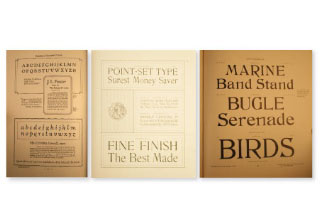
Old foundry settings in book form, from the time period
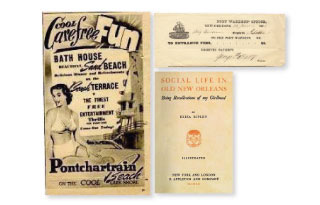
Graphics samplings from New Orleans
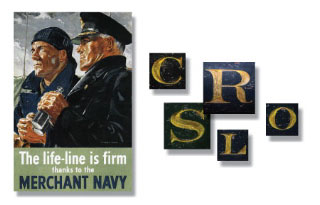
Maritime and signing materials
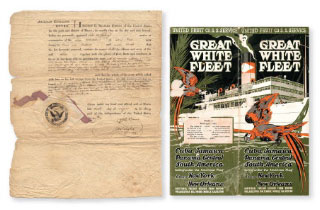
Documents and graphical evidence
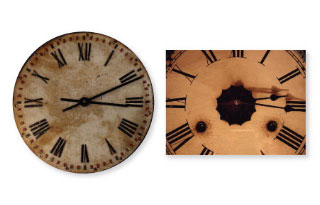
Horological references, to the period
There are a grouping of fonts that have been created by Girvin, over 20 years of development and exploration — as with the case of any design creation, it’s all customized, hand-drawn typefaces, or re-created from our research materials and rebuilt:
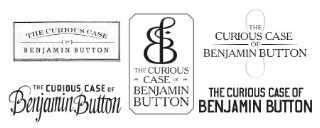
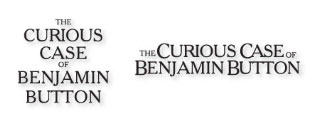
A typographic interpretation of our work for titling

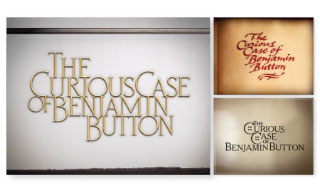
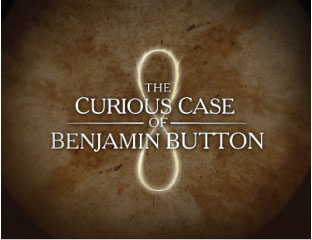
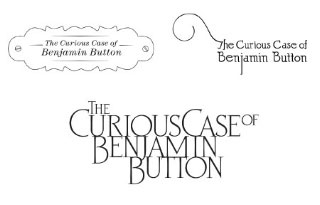
Dimensional references
The work is about shining “the light” of a narrative experience, in brand, in visible language. Making the story shine, bringing memorability into the frame of reference — and, from there: merchandising, product development, standees in the theatres, websites, trailers and advance presentations
tsg | hollywood